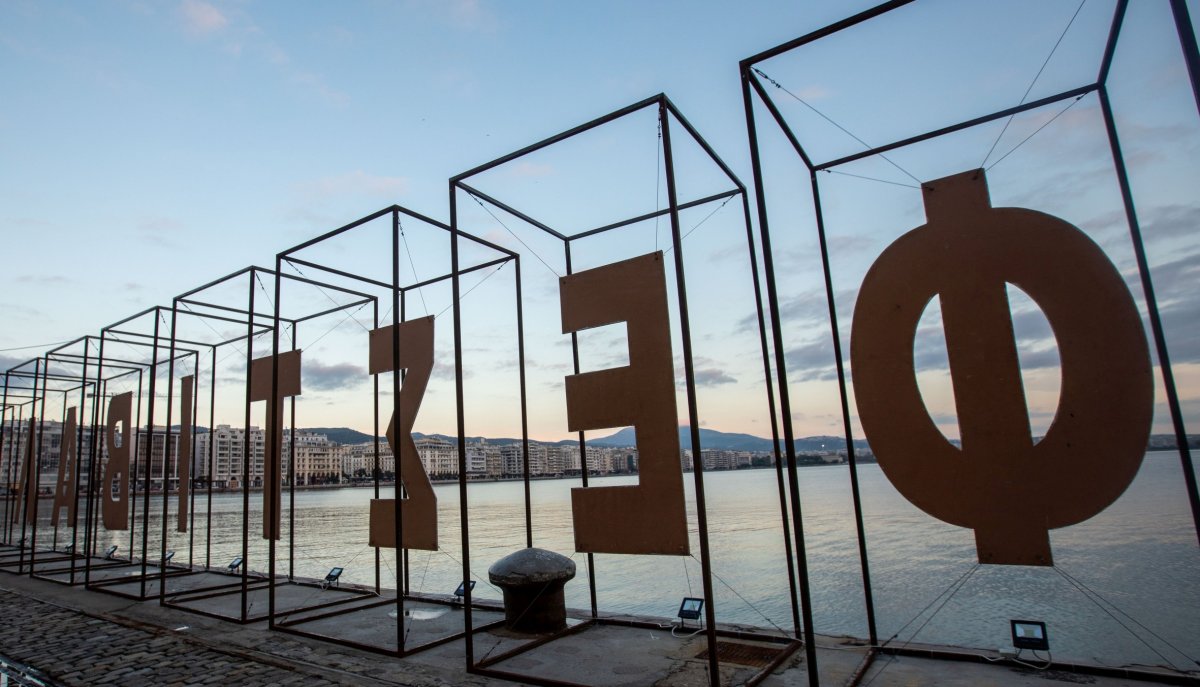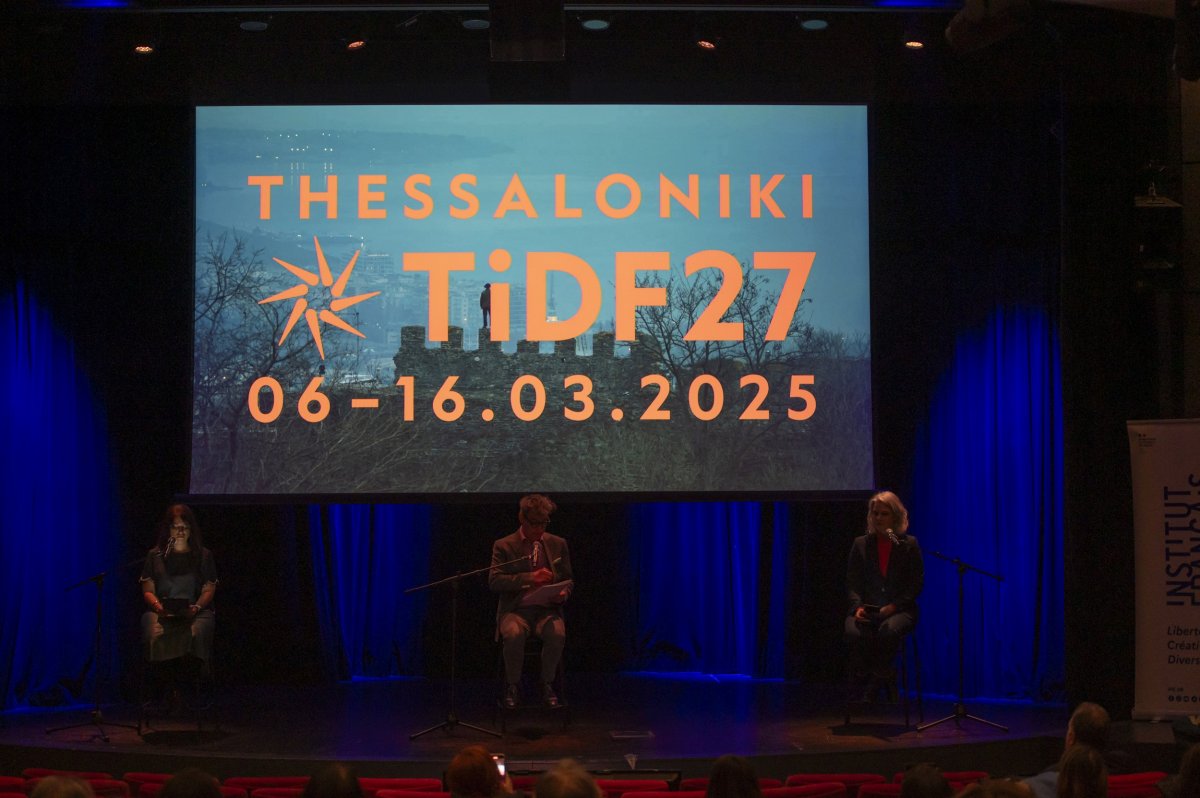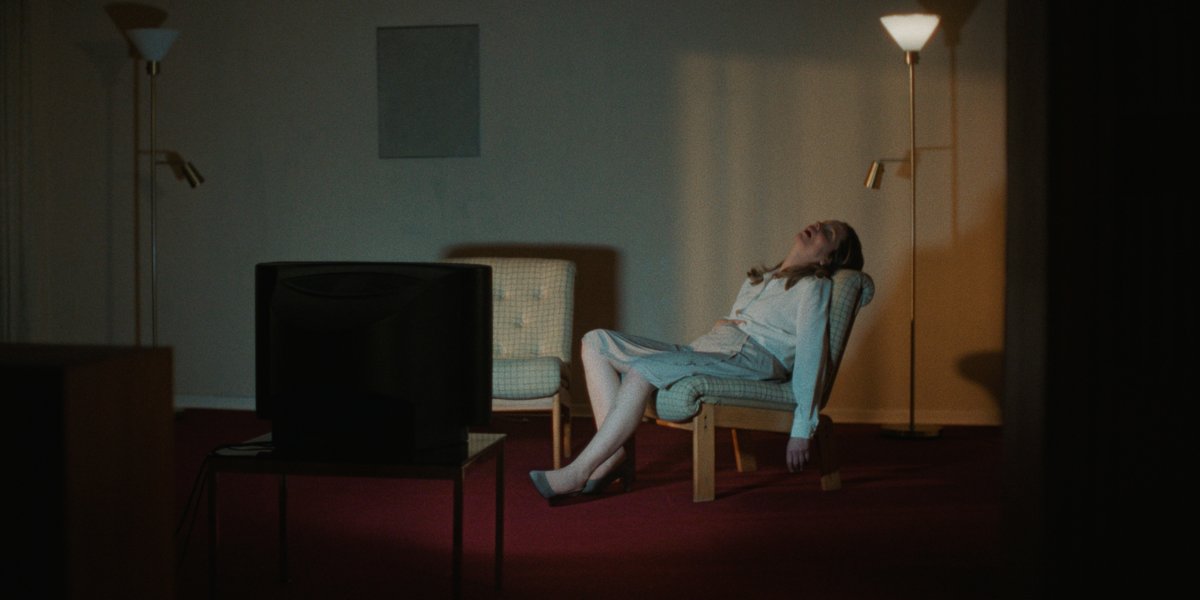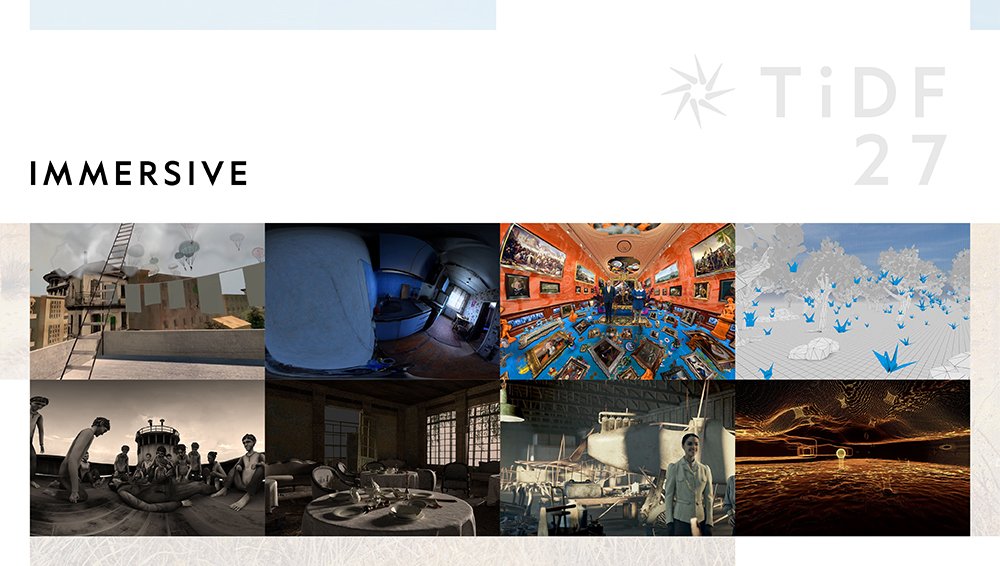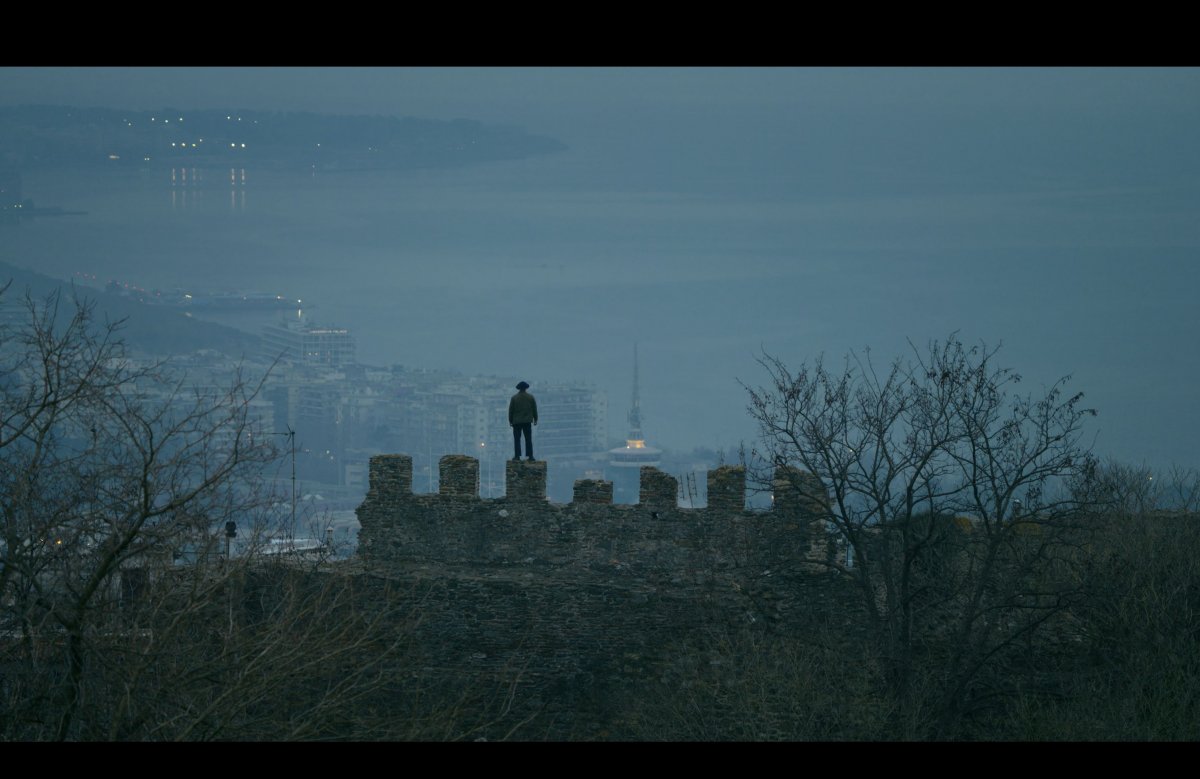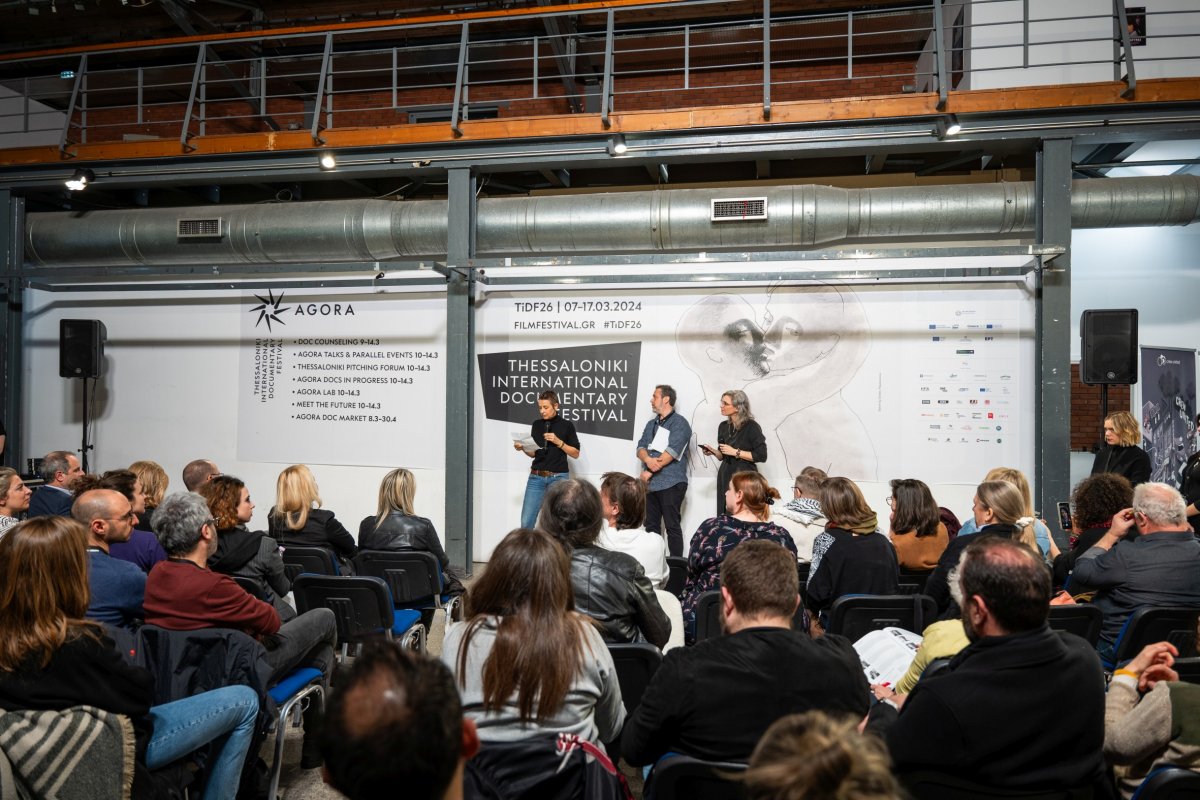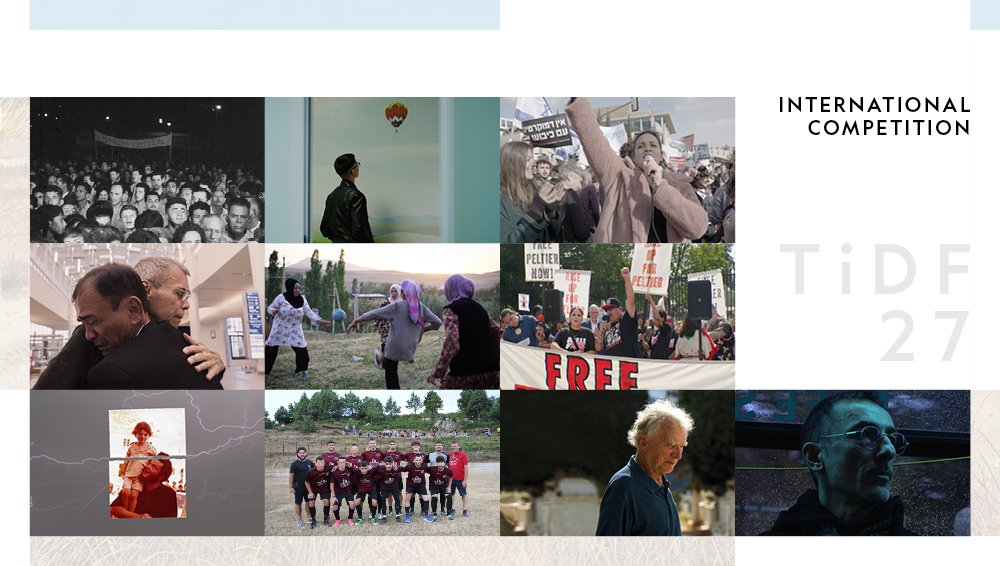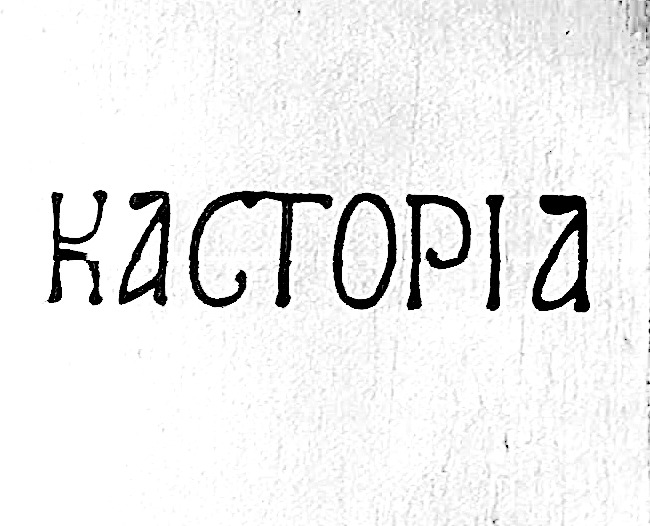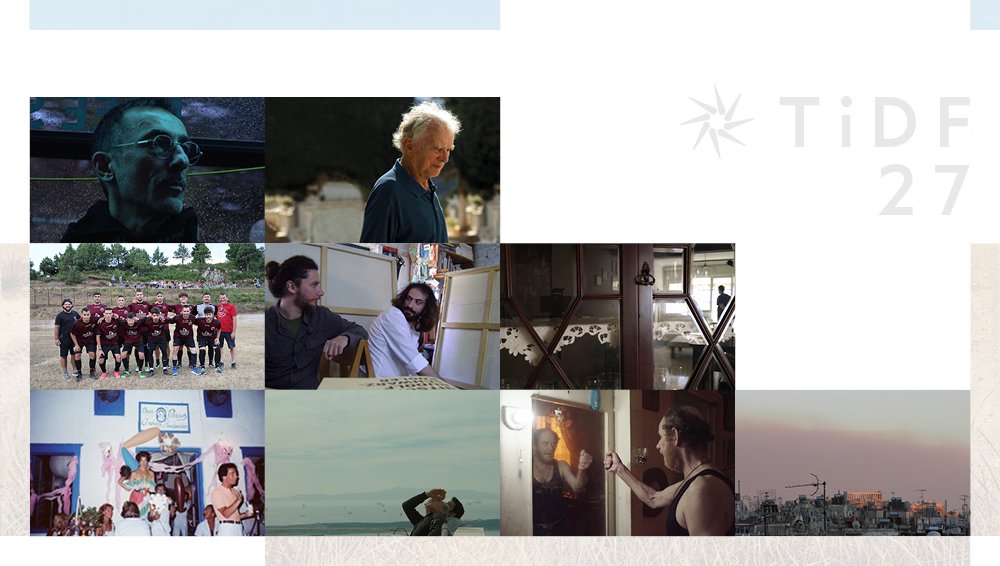14th THESSALONIKI DOCUMENTARY FESTIVAL - Images of the 21st Century
March 9 – 18, 2012
14th DOC FILM HIGHLIGHTS
The 14th edition of the Thessaloniki Documentary Festival will feature in its roster several much-anticipated documentaries produced in 2011. Works by filmmakers such as Werner Herzog, Joe Berlinger & Bruce Sinofsky, Jafar Panahi and many others will be screened during the event, as part of its various thematic sections. They are the following:
Into the Abyss – A Tale of Death, A Tale of Life by Werner Herzog (Germany/Canada, 2011, 105’) – Stories to Tell. Another remarkable addition to his oeuvre, Into the Abyss has Herzog investigating, with the rigorousness of a detective, the story of a triple murder that happened 10 years ago in Texas. Herzog interviews policemen, the victims’ and killers’ families and the killers themselves: Michael Perry, to be executed for the crime, and Jason Burkett, sentenced to life in prison. Herzog achieves an extraordinary amount of narrative, psychological and emotional detail with the simplest of a documentarian’s means. Despite the fact that it focuses intently on the death penalty (to which Herzog makes clear he is opposed), the film’s purpose is not its indictment. Into the Abyss is an examination of cycles of violence, of the existence of hope in the most unlikely circumstances and of the complexity of being human, in life and death.
This is Not a Film by Jafar Panahi and Mojtaba Mirtahmasb (In film nist, Iran, 2011, 75’) – Human Rights. This Is Not a Film, shot partially with an iPhone and in collaboration with the documentarian Mirtahmasb while Panahi was under house arrest, begins as a day in the life of the confined filmmaker, with its menial activities, including feeding the family iguana. Gradually, however, his previous films (in the form of TV clips) and the new film he is unable to make -as he has been sentenced to abstain from his craft- seep into the narrative, blending fiction with reality. While Mirtahmasb talks of the necessity to document everything, it becomes apparent that this is an impossible feat; the act of filming Panahi in this state, however, succeeds not only in creating a genuine cinematic experience, but acts as a political gesture as well.
?Vivan las antipodas! by Victor Kossakovsky (Germany/Netherlands/Argentina/Chile, 2011, 104’) – Habitat. ?Vivan las antipodas!, a documentary that juxtaposes pairs of locations that lie at opposite ends of the planet (a geographical rarity, as most antipodes are found in bodies of water) is a delightful addition to Kossakovsky's work, with its poetic, unexpected and witty focus on patterns of life and nature. Differences and similarities between the locales (such as the hectic and noisy Shanghai metropolis contrasted to a small bridge on the Entre Rios river in Argentina, where life is slow and tranquil), are presented via ingenuous digital effects and extreme camera angles. According to Kossakovsky’s rules of filmmaking “documentary is the only art where every aesthetical element almost always has ethical aspects” – the ethical center of Antipodas is the marvel of the Earth and of human creation on it, its diverse aspects celebrated for their magnificence.
Paradise Lost 3: Purgatory by Joe Berlinger and Bruce Sinofsky (USA, 2011, 122’) – Stories to Tell. The third installment of the directing duo’s Paradise Lost trilogy, produced 17 years after the first film, is as masterful as its two predecessors. The story of the West Memphis Tree prisoners (convicted for the murder of three young boy scouts) comes to a remarkable close, all the more powerful for the years the filmmakers have invested in documenting the real-life drama. Berlinger and Sinfosky, having tenaciously presented the first trials as a 20th century witch hunt, are able to reach a culmination in the story that rewards not only their persistence, but their quest to expose the truth. The result is not only suspenseful, but uniquely affecting.
The Ambassador by Mads Brugger (Ambassadoren, Denmark, 2011, 93’) – Views of the World. Mads Brugger, the Ambassador’s Danish director, undertook an almost unbelievable feat posing as a Liberian diplomat stationed at the Central African Republic. Having obtained fake papers worth hundreds of thousands of dollars to that end, Brugger faultlessly adopted the stereotypical persona (down to the cigar, gaudy ring and colonial-style boots) of the naive Westerner who believes he can profit from the situation in Africa. The absurdity of the various situations Brugger places himself in ranges from the comic to the scary: making nefarious deals for blood diamonds and shooting his meetings with hidden cameras, he exposes a deep-seated corruption that may not be news to the audience, but has rarely been viewed from such proximity.
The Last Mountain by Bill Haney (USA, 2011, 95’) – Habitat. Exposing a shocking truth of environmental devastation as a result of corporate and political greed, The Last Mountain records the decimation of the Appalachian Mountains for the purposes of coal extraction, resulting in toxic dust, poisoned rivers, the proliferation of diseases such as silicosis and brain cancer, floods and the evacuation of whole communities. Activists (Robert F. Kennedy Jr. at their center) and locals are interviewed and followed through their efforts to save their homes -scientific evidence is presented and coal industry operatives are given time to state their case. The film builds an undeniable case of how mountaintop removal can be eliminated, in a manner which is not only passionate, but graceful and cinematic.
Whores’ Glory by Michael Glawogger (Austria/Germany, 2011, 119’) – Views of the World. Shooting in brothels in Thailand, Bangladesh and Mexico, renowned filmmaker Glawogger and his crew attain access to the establishments and the women that work there, as well as their employers and the men who hire them. The prostitutes speak frankly about the minutiae of their professions, sexual and otherwise, about their emotions and about the dreams they are gradually forced to adjust to their realities. The microcosm of the brothels, with its own rules and morals, is a fascinating one, reveling in its own cruelty and necessity. The end result is an honest and absorbing expose, devoid of moral judgment, and wonderfully underscored by its atmospheric soundtrack (comprised of songs by PJ Harvey, Coco Rosie, et al) and its vibrant, fluid cinematography.
Harbour of Hope by Magnus Gertten (Hoppets hamn, Sweden /Denmark /Norway /Poland/Germany, 2011, 76’) – Stories to Tell – International premiere. In 1945, the serene harbor town of Malmo in Sweden became a haven for 30.000 survivors of German concentration camps, rescued by the Red Cross –about 8.000 of them stayed in Sweden and rebuilt their lives there. The film recounts the stories of Irene, Joe and Ewa, who talk about the war, their release from the camps and their lives afterwards; a wealth of remarkable archival footage, mainly of the survivors’ arrival in Sweden, completes the story both historically and dramatically. As such, the film functions not only as historical evidence, but as an astonishing story of human perseverance.
Nostalgia For The Light by Patricio Guzman (Nostalgia de la luz, France/Germany/Chile, 2011, 90’) – Stories to Tell. Guzman, storyteller of Chile’s political and social turmoil for the past 40 years, returns with his most lyrical documentary to date. Providing the eloquent, poetic narration himself, he uses the Atacama Desert (the driest place on Earth and ideal for the study of the stars) as a focal point to draw a philosophical connection between astrology, the “archeology of the skies”, and the gruesome human history of the location: near the Atacama observatory with its colossal telescopes, one finds the ruins of Chacabuco, site of the largest concentration camp created by Pinochet’s regime or the burial ground where ancient remains of native Indian workers lay scattered.




